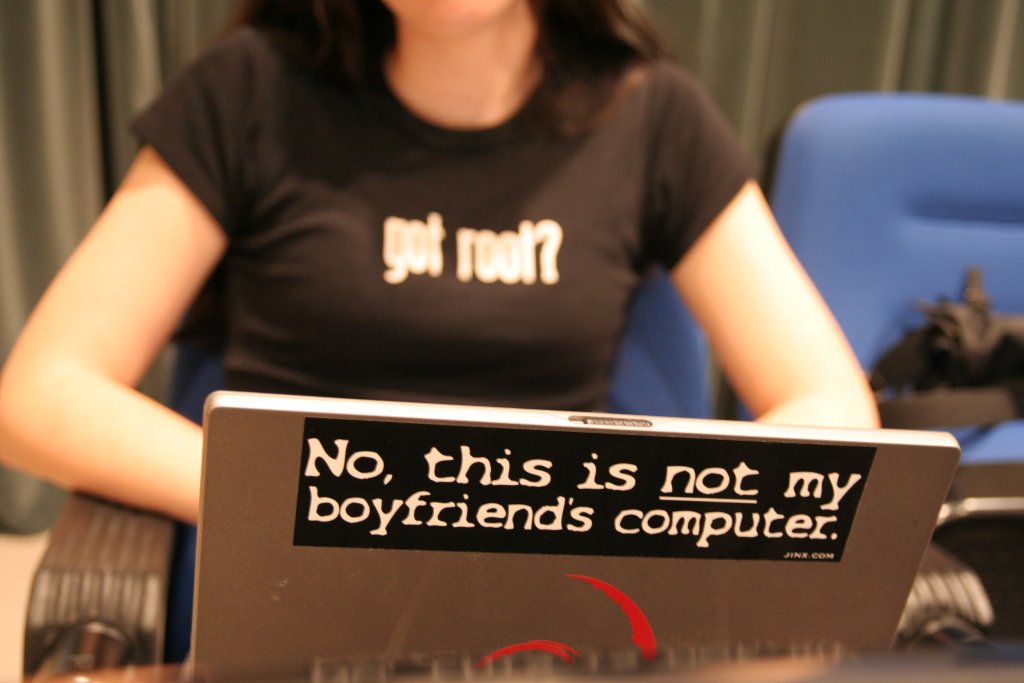Book Review: Girls who Code: Learn to Code and Change the World by Reshma Saujani

Reshma Saujani’s book Girls Who Code: Learn to Code and Change the World conjures up conflicting emotions for me, before I even turn a page. Part of me wishes this book didn’t need to exist and that there was no gender divide in coding. Yet, the fact that this book does exist as part of Saujani’s mission to help tackle the gender gap in STEM also causes me to celebrate its very existence.
“This book is dedicated to all the girls who code and to the girls who will one day.” (Saujani, 2017)
I also feel a personal, nostalgic twinge that this book didn’t exist in the 1990s, when my career began as a young PHP coder and web developer. After reading this book, I can confidently say that this is also a book for those of us who were girls who once-upon-a-time, coded too.
Saujani manages to neatly pack in a history of coding, inspirational stories, profiles of influential women in computer sciences, tips from professionals and introductory coding concepts in this book, and this was all within the first two chapters. Saujani’s powerful messages are visually amplified throughout the book through through artist Andrea Tsurimi and her characters of Lucy, Sophia, Maya, Erin, and Leila.
My eyes lit up at references to animators and authors recognising that my 10 year old daughter will also appreciate these links to some of her favourite creative storytellers. These links are important for showing that code can connect us on a creative level to any of our existing passions and interests.
The book doesn’t include instructions for specific projects to build (there are plenty of these online after all) but focuses on an approach around how to scope ideas to the stage of enough planning to be able to step ideas into coding. Saujani launches the reader into thinking about coding project ideas, including design and development methodology, wireframing and process flowcharting. These are all landmark skills acquired through coding projects, regardless of whether you are coding for work or play.
Often the very first presenting questions I hear from young new coders or their parents is “Which programming language should I learn?” which is a really difficult question to help someone answer before you know anything about their interests and passions. I really like that an overview of coding languages isn’t presented until about half way through the book, after readers are stepped through some creative and project thinking. This structure helps leads readers into interest-led exploration of code, rather than early cherry-picking of a language or platform.
The run-down of programming languages is a one page quick-read menu. Whilst this is a great at-a-glance guide, more investigation outside of the pages might be needed to match a specific project with a language. To get the most out of the remaining chapters in which Saujani covers debugging, video game development, how robots help people and coding for digital art and design it might be valuable to have a specific idea brewing alongside as you read, but it’s not essential.
The Girls Who Code movement led by Saujani has spawned this book as another way to reach out to girls to show them how coding literacy can give girls a voice in the future. This book isn’t all about coding for future jobs, although the study and career paths open are made clear.
The prevailing point of the book is to begin with interest-led coding, and to have fun. The call to “Change the world” is not in a way that asks girls to expect big changes in sudden leaps, but by empowering girls to start to code thoughtfully and influentially, valuing the personal and local impact that can emerge. There is strength and optimism in the message that coding can influence your community, help the people around you, and can help express your innermost dreams and hopes for the future you can imagine.
This is certainly a book to inspire any girl in your life about why they should curiously step into coding. Importantly, I think boys should be encouraged to read it too, and to be involved in the conversations about the girls in their life who code.
You can find out read more about the Girls Who Code movement at girlswhocode.com

Takeo
September 8, 2023 at 7:47 am
Nice book…
We look forward to recommending this book to our Female Bootcamp Graduates.